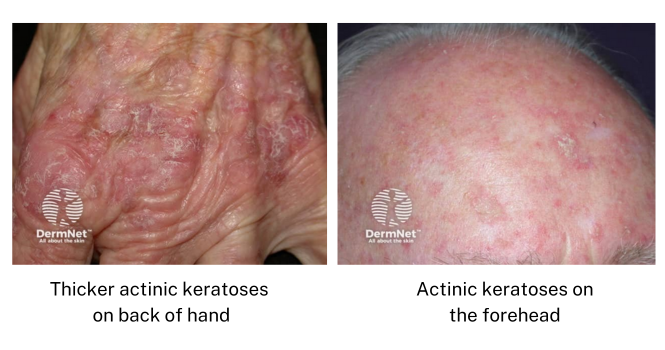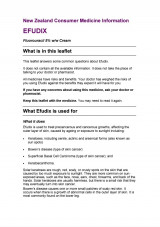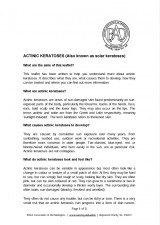From How to use fluorouracil and imiquimod for non-melanoma skin cancer in a general practice setting(external link) BPAC, NZ, 2017
Actinic keratoses are benign but can progress to invasive malignant disease if left untreated. Surgical excision is not routinely performed, due to the nature of the lesions. However, some actinic keratoses may be hypertrophic, in which case shave excision can be performed. Biopsy is not usually necessary for an isolated lesion of typical appearance, but should be considered for patients with recurrent lesions or if the diagnosis is unclear.
Treatment summary
- Isolated scaly lesions – cryotherapy or surgical excision if the lesion is resistant to cryotherapy and hyperkeratotic.
- Isolated flat lesions – imiquimod, fluorouracil (or ingenol gel).
- Clustered lesions – cryotherapy initially to scaly lesions, followed by field treatment with imiquimod or fluorouracil (or ingenol gel or photodynamic therapy).
- Atypical lesions with suspected malignancy – surgical excision.
Other resources
Actinic keratoses(external link) Dermnet, NZ, 2024
See our page Skin cancer for healthcare providers










